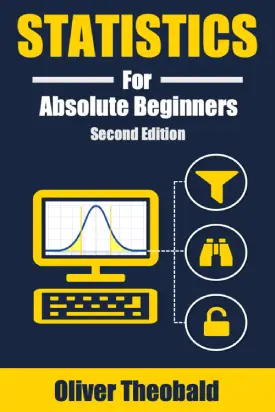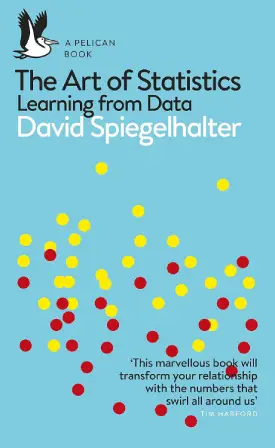Distributions
Probability Distributions
In statistics, distributions are visual representations of occurrences of different outcomes, i.e. how values are distributed. Statistical distributions generally belong to one of two categories, discrete or continuous.
Discrete probability distributions are concerned with problems related to discrete outcomes, such as tossing a coin or rolling a dice. They associate with the probability mass function (PMF), which provides the possibility of a random variable equaling to a discrete value.
Discrete numbers can be counted and have finite values – 1, 2, 3, 4, 5, 6
Continuous probability distributions refer to problems related to continuous outcomes, such as height of a person or temperature of a specific day. They associate with probability density function (PDF), which provides the possibility of a random variable occurs within a range of specified values.
Continuous numbers can be measured and have infinite values – 5.67, 5.6768, 0.23534, 71.345
Cumulative distribution function (CDF) covers both discrete and continuous values and can apply in both categories.
There are multiple types of distributions and this page covers the most commonly used.
Normal (Gaussian or Bell Curve) Distribution
Normal distributions look similar to a bell, hence the common usage of Bell Curve, and has a symmetry in the center. The data near the mean appear to be more frequent than data further from the center.
Common examples of Normal distribution:
- Test scores
- Heights of people
- Blood pressure

Uniform Distribution
Uniform distributions display a straight horizontal line, with all outcomes equally likely to happen. This type of distribution can be either discrete or continuous, rolling a die versus random number generator respectively.
Common examples of Uniform distribution:
- Number generator
- Lottery drawing
- Drawing from a deck of cards

Poisson Distribution
Poisson distributions provide visual representation of discrete number of times an event can occur within a certain interval of time or space. This type of distribution often associates with count data.
Common examples of Poisson distribution:
- Website visitors per week
- Customer visits per day
- Insurance claims per year

Exponential Distribution
Exponential distributions measure the time elapsed between different events, i.e. the expected time for an event to occur. The rate of change in exponential distribution increases rapidly, which produces a curved line.
Common examples of Exponential distribution:
- Service time at a counter
- Machine failure times
- Earthquake prediction

Chi-Square Distribution
Chi-square distributions test for independence, goodness of fit, and homogeneity. This type of distribution is mainly applied in hypothesis testing and the shape of the distribution is based by the degrees of freedom (k).
Common examples of Chi-Square distribution:
- Confidence intervals
- Inferential statistics
- Pearson’s Chi-square testing

Binomial Distribution
Binomial distributions associate with two outcomes, e.g. ‘Yes’ or ‘No’, and yield the number of successful or failed outcomes in a sequence of independent experiments – i.e. the likelihood of producing an outcome one of two.
Common examples of Binomial distribution:
- Loan default assessment
- Tossing a coin
- Machine defect measure

Bernoulli Distribution
Bernoulli distributions deal with single experiments, called Bernoulli trials, with two possible outcomes. This type of distributions answer basic questions such as fail or success and is the basis for other more complex ones.
Common examples of Bernoulli distribution:
- Student examination success measure
- Email spam filter
- Political referendum outcome

Next: Normal Distribution




